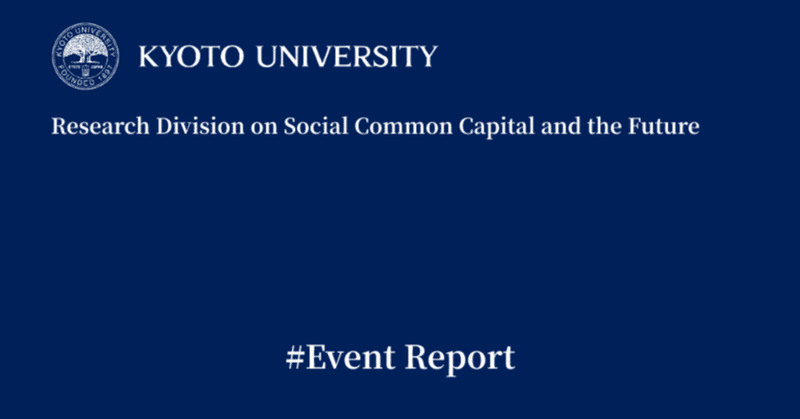
Mathematical Economics for Theory of Social Common Capital(Chapter1: Lagrange Multiplier)
1 Introduction
1.1 Summary
In constructing his theory of social common capital, Hirofumi Uzawa modeled it through mathematical economics as well as he discussed in a institutional-school analysis through natural language. The basic concept of his model is “how to make evaluate something that cannot be priced, such as the natural environment, in a price manner.” Uzawa approached this problem using the idea of “shadow pricing” in dynamic optimization.
Shadow pricing is an application of the Lagrange multiplier method which we often use real analysis. In this lecture, starting from the Lagrange multiplier method with high school mathematics as a prerequisite, we will discuss the theory of dynamic optimization and then read Uzawa’s mathematical paper on the theory of social common capital.
1.2 Schedule
Lagrange multiplier method and imputed price
• Apr 30, 2023Kuhn-Tucker conditions
• May 20, 2023Dynamic programming
• June 17, 2023Optimal investment and Penrose function
• Sep 17, 2023Fishing commons
Forest commons
Agriculture commons
Global warming
2 Chapter1:Lagrange multiplier method and imputed price
Introduction
The purpose of this course is to understand Hirofumi Uzawa’s mathematical model of social common capital.
In his model, the “imputed price” is an important tool. That concept of imputed price corresponds to Lagrange’s undetermined multiplier method. Therefore, in the first session, we will learn how to solve the constrained
optimization problem using Lagrange multiplier method, and discuss its relation to the imputed price as well.
*Please see PDF file for full text and details.
この記事が気に入ったらサポートをしてみませんか?
